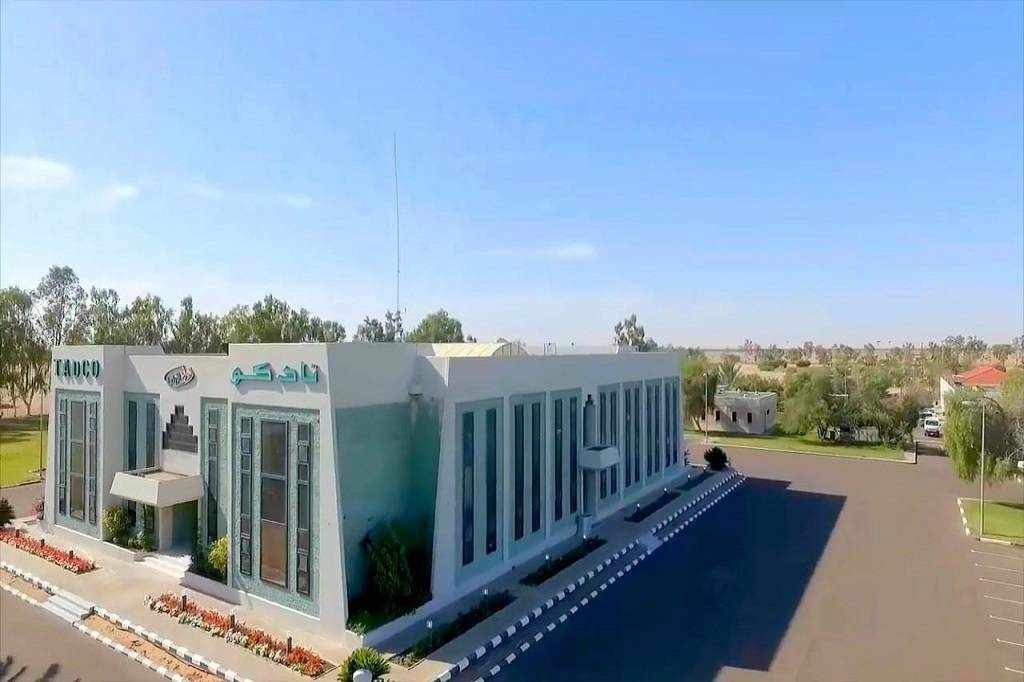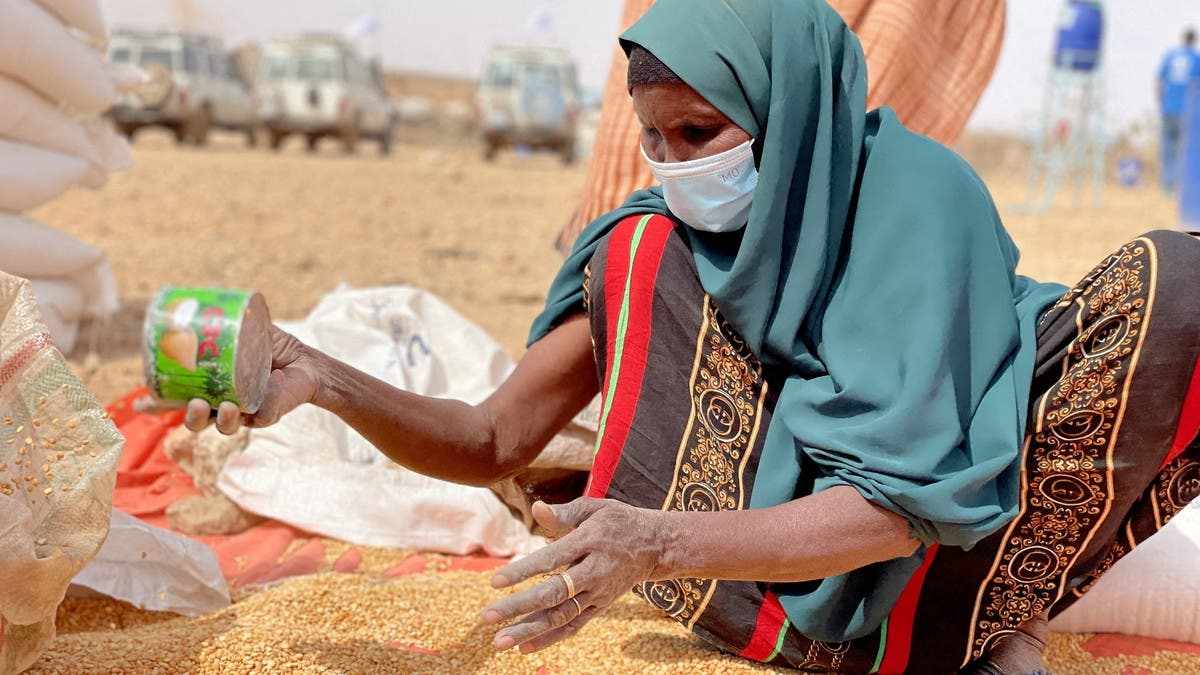How olive trees came to symbolize Palestinian national identity
- Date: 27-Nov-2021
- Source: Arab News
- Sector:Agriculture
- Country:Middle East
How olive trees came to symbolize Palestinian national identity
AMMAN: Few things encapsulate the Palestinian identity quite like the humble olive tree. It roots an entire nation to a land and livelihood lost to occupation, while serving as a potent symbol of resistance against the territorial encroachment of illegal settlements. In the balmy Mediterranean climate of the Levant, olive trees have for centuries provided a steady source of income from the sale of their fruit and the silky, golden oil derived from it. To this day, between 80,000 and 100,000 families in the Palestinian territories rely on olives and their oil as primary or secondary sources of income. The industry accounts for about 70 percent of local fruit production and contributes about 14 percent to the local economy. It is perhaps no surprise, then, that these hardy trees feature so prominently in Palestinian art and literature, even in the far-flung diaspora, as symbols of rootedness in an age of displacement, self-sufficiency in times of hardship, and peace in periods of war. “It represents the steadfastness of the Palestinian people, who are able to live under difficult circumstances,” Sliman Mansour, a Palestinian painter in Jerusalem whose art has long focused on the theme of land, told Arab News. “In the























